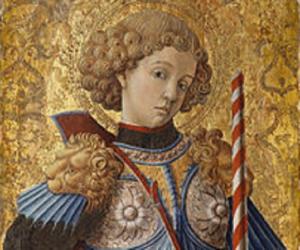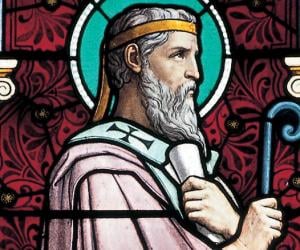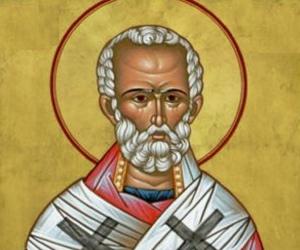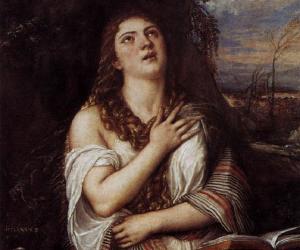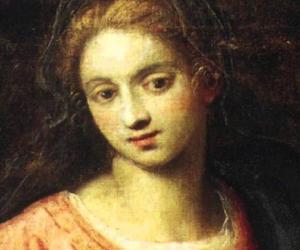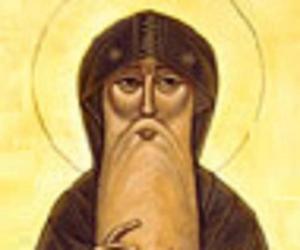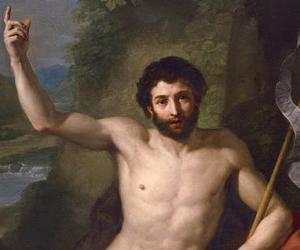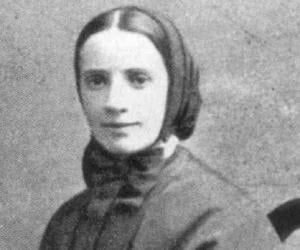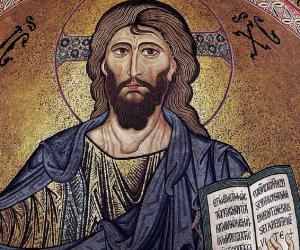Born In: Cappadocia, Turkey
Saint George
Saint George was a soldier in the Roman army who protested against the persecution of Christianity and eventually became the patron saint of various entities and countries after his execution. He earned recognition and promotion in the court of the Roman emperor Diocletian due to his dedicated service. However, his conflicting views on popularizing the state religion, paganism, by suppressing and refuting Christianity led to differences with the emperor. He was tortured and beheaded despite the emperor’s repeated attempts of luring him to convert into a pagan, which induced courage in other Christians and fellow soldiers to stand for their religion and follow him. In no time, he became a popular figure across the world and is, till date, counted among the most significant warrior saints. Today, he is referred by various honorary names by different sects for his heroic and brave act – while the Eastern Orthodox Church calls him a ‘Great Martyr’, the Coptic Orthodox Church of Alexandria in Egypt honors him as the ‘Prince of Martyrs’. Honored, respected and admired across the world by both the Western and Eastern Christian churches, his patronages can be found throughout on flags and coats of arms of various nations and in the form of churches, monasteries, and holidays observed in his honor
Born In: Cappadocia, Turkey
